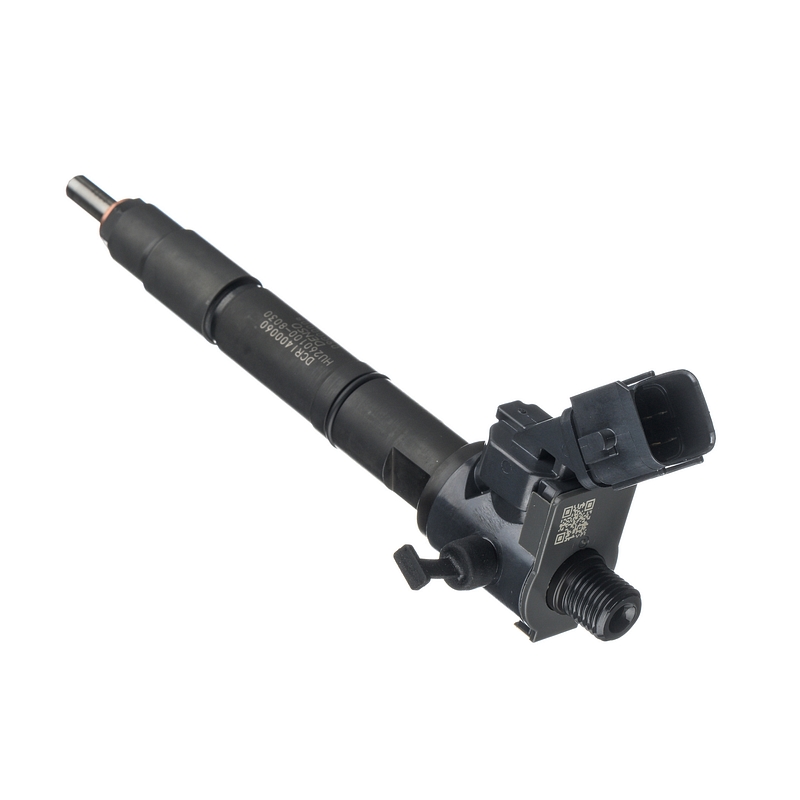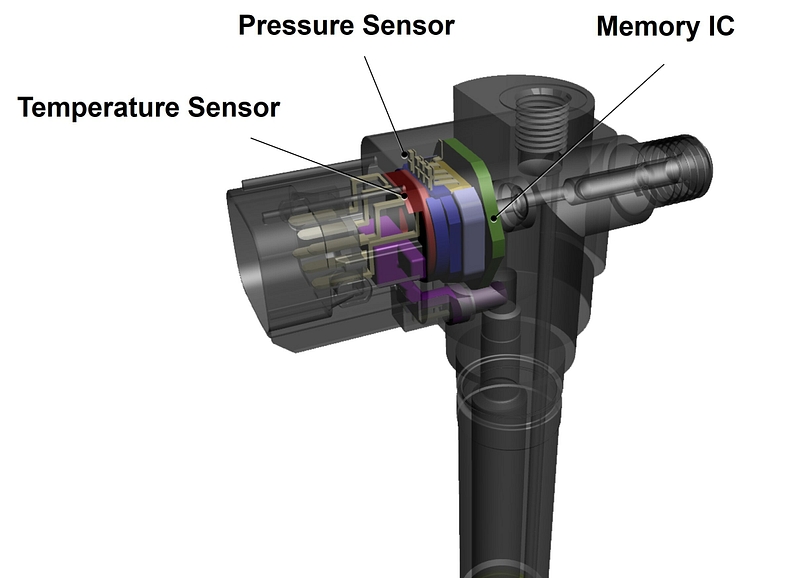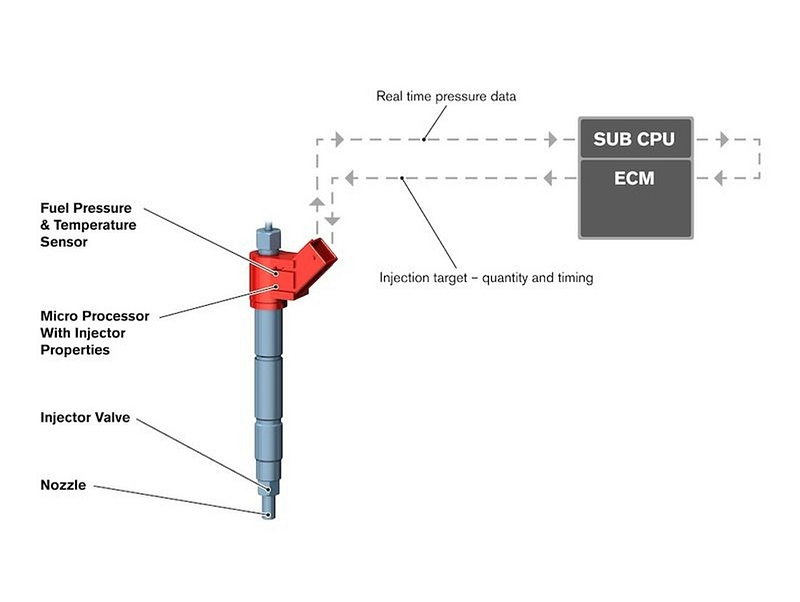DENSO, injecting life into diesel technology
Alongside the high pressure pumps necessary to supply the fuel at the required pressure for the current fourth generation CRS, its delivery into the combustion chamber is also crucial to its efficient operation. Although, throughout CRS development, the function of the fuel injector has not changed, the complexity of the fuel delivery process has advanced significantly, particularly when it comes to the spread pattern and dispersion of the fuel droplets to maximise combustion efficiency. However, it’s how they are controlled that continues to undergo the greatest change.
As worldwide emissions standards became increasingly stringent, purely mechanical injectors gave way to electronically controlled versions, first solenoid controlled electromagnetic types, after which, Piezo semiconductor controlled injectors were also introduced

Piezo injectors can carry out more injections per cylinder stroke then a solenoid activated version, under higher fuel pressure, which improves combustion efficiency still further, but the most recent injector innovation is DENSO’s intelligent–Accuracy Refinement Technology (i-ART).
i-ART is a system that automatically makes corrections so that fuel injection is performed with the correct characteristics. Whereas conventional common rail diesel injection systems have a single pressure sensor to control the injectors, i-ART has a combined fuel temperature and pressure sensor with a microprocessor attached to the top of the injector to detect pressure and temperature changes during fuel injection, feeding this information back to the electronic control unit (ECU), which corrects variations in the injection characteristics such as the injection rate.

The pressure is directly detected by the injectors during fuel injection and pressure data is sent to the ECU as feedback. The difference between the actual fuel injection pressure data obtained by the ECU and the model fuel injection rate is corrected, and the result is reflected in the injector actuation command. Also, changes in the fuel injection quantity, which occur due to variations in the fuel temperature, are corrected simultaneously, and the resulting data is stored in the memory IC built into the injector. In short this means that the injector output is guaranteed during the whole lifecycle of the injector.
This enables i-ART injectors to deliver the optimum level of fuel and with precision timing of 10 milliseconds, which delivers more precise combustion, lower noise and avoids knock, otherwise known as uncontrolled detonation. This also makes it possible to continuously monitor and adapt fuel injection per combustion in each of the cylinders and means that it also self-compensates over its service life

i-ART technology was first introduced as an original equipment (OE) solution in 2012 for the Toyota Hilux, while Volvo was the first European vehicle manufacturer to adopt it. In addition, not only has DENSO incorporated it into its fourth generation Piezo injectors, but also selected solenoid activated versions of the same generation.
Although fourth generation CRS service and repair can be undertaken by the independent sector, fuel pumps or injectors that have failed cannot currently be repaired, so must be replaced with new parts of matching OE quality supplied by reputable manufacturers, such as DENSO.




















































